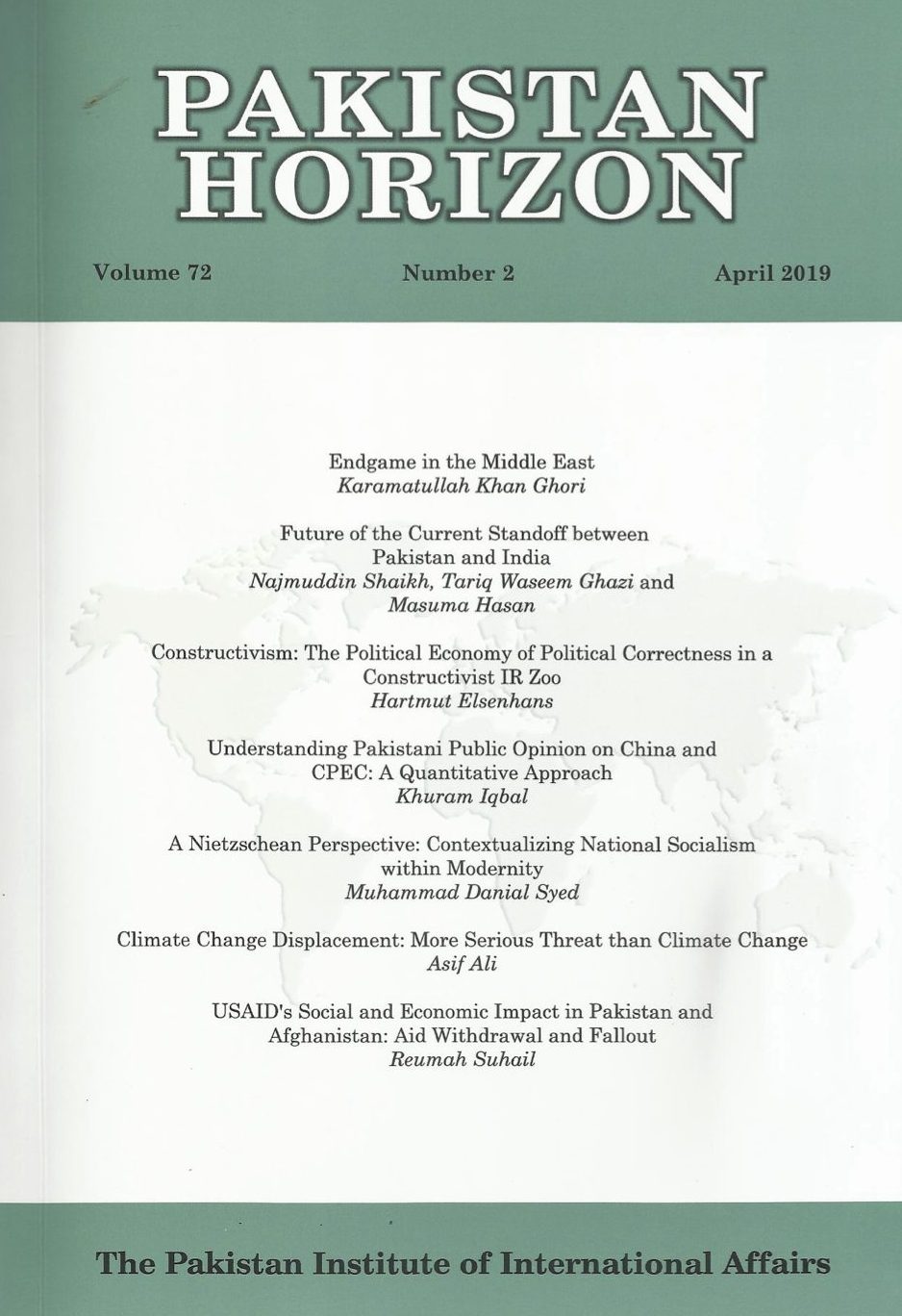 Centennial Conference of the Institute of Oriental Studies Russian Academy of Sciences Moscow – 30 October 2018. Speech by Dr. Masuma Hasan: I wish to begin by paying a tribute to the Institute of Oriental Studies, Russian Academy of Sciences on the 200th anniversary of its founding – to its resilience, the remarkable academic assets it has developed over two centuries, its proud history and the excellence and dignity of its scholars. It is an honour for me to have been invited to this great event. On this occasion, I want to acknowledge the scholarship of Professor Yuri Gankovsky who headed the Centre for the Study of the Near and Middle East and also recognise the work of the present head of the Centre, Professor Vyacheslav Belokrenitsky, and his colleagues. Turning now to our subject, “The East in World Politics – the New Power”, as we have seen in recent years, the new power in the East is the tilt towards Asia.
Centennial Conference of the Institute of Oriental Studies Russian Academy of Sciences Moscow – 30 October 2018. Speech by Dr. Masuma Hasan: I wish to begin by paying a tribute to the Institute of Oriental Studies, Russian Academy of Sciences on the 200th anniversary of its founding – to its resilience, the remarkable academic assets it has developed over two centuries, its proud history and the excellence and dignity of its scholars. It is an honour for me to have been invited to this great event. On this occasion, I want to acknowledge the scholarship of Professor Yuri Gankovsky who headed the Centre for the Study of the Near and Middle East and also recognise the work of the present head of the Centre, Professor Vyacheslav Belokrenitsky, and his colleagues. Turning now to our subject, “The East in World Politics – the New Power”, as we have seen in recent years, the new power in the East is the tilt towards Asia.
In terms of sheer numbers, two-thirds of the world’s population or more than 5 billion people will reside in Asia by 2050 but population is declining in North America and Europe. Some analysts believe that Asia might produce half the world’s GDP by 2050 with an expansion of human capital and production. It is dominated by the strategic interests of two great powers, China and Russia, and the pitch for regional and global status by India. Today, if the East is seen as a new power in world politics, it is undoubtedly mainly due to China’s phenomenal rise and its economic and global aspirations but also because of Russia’s assertive role in global politics and “turn East” policy. China’s Belt and Road Initiative is reflected in its six economic corridors along two routes: the New Silk Road Economic Belt running west through Russia and Central Asia and the 21st Century Maritime Road to reach Europe through South Asia and South-west Asia. One of these corridors, the China-Pakistan Economic Corridor runs from Kashgar in Xinjiang to Gwadar in Pakistan and has been described as a game changer for Pakistan’s economy. Continue reading








